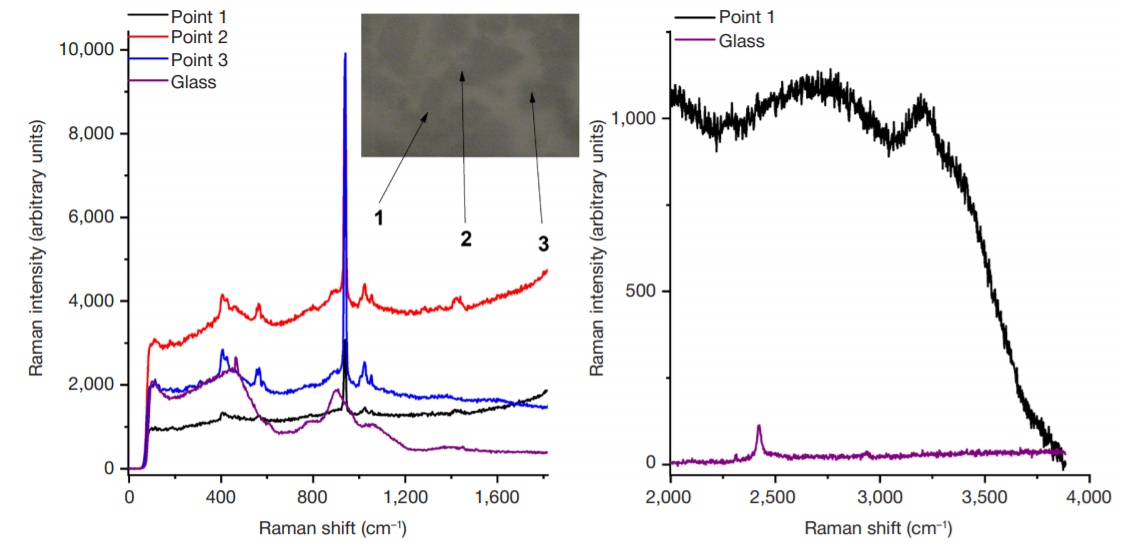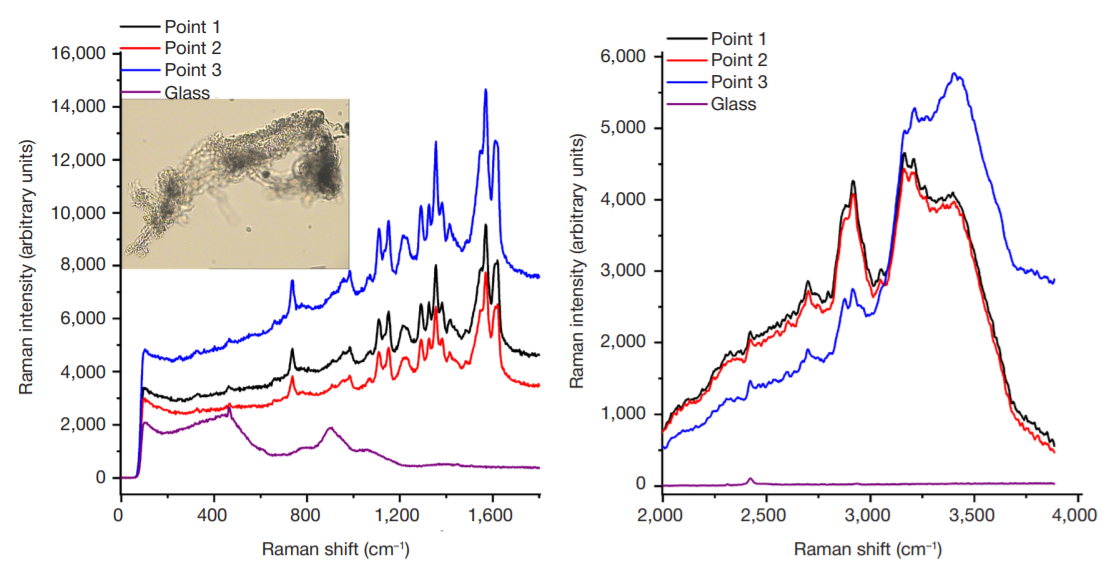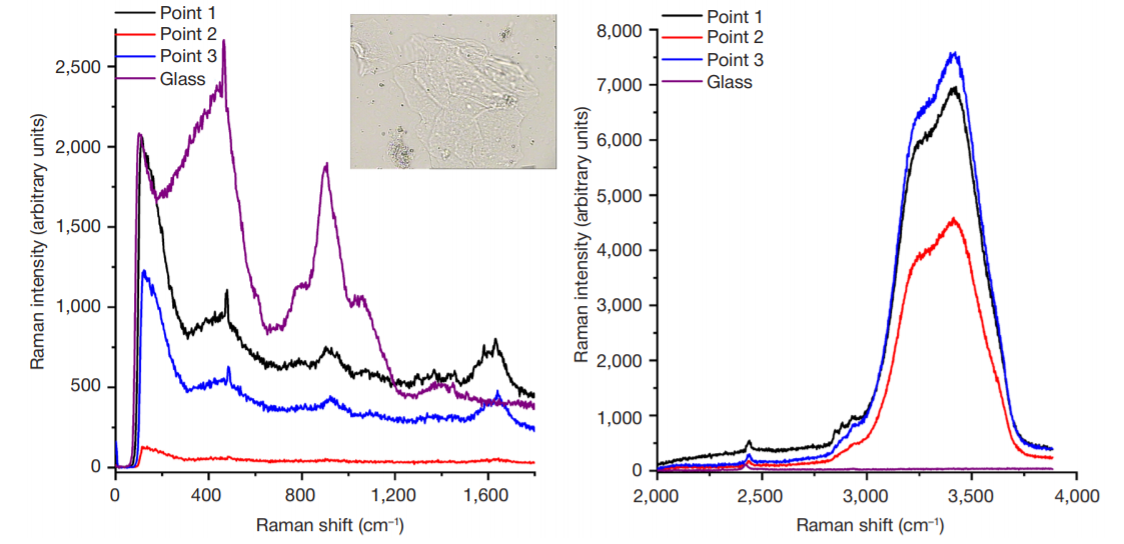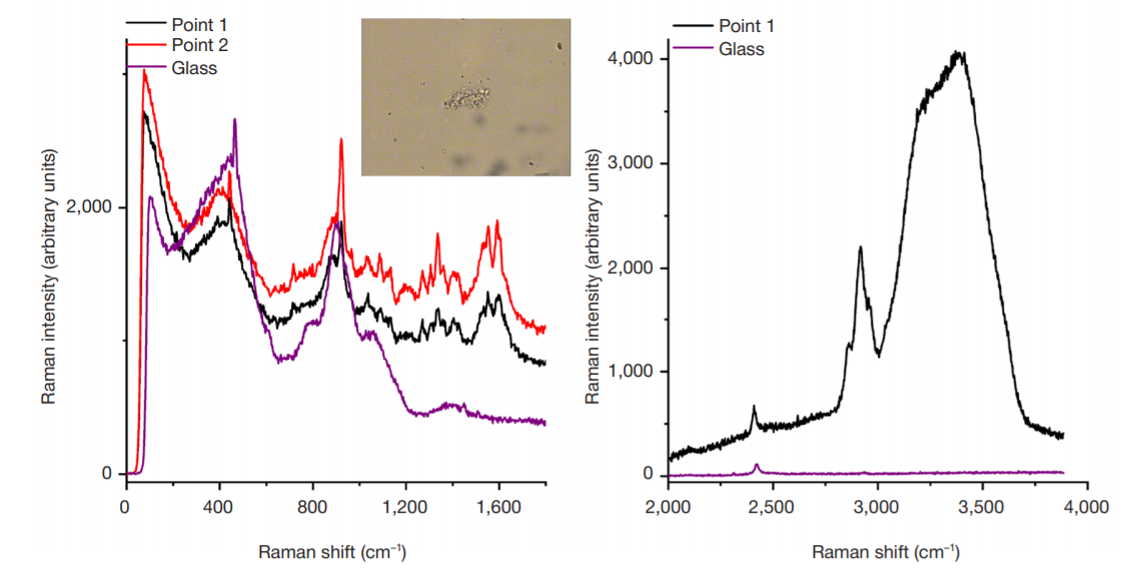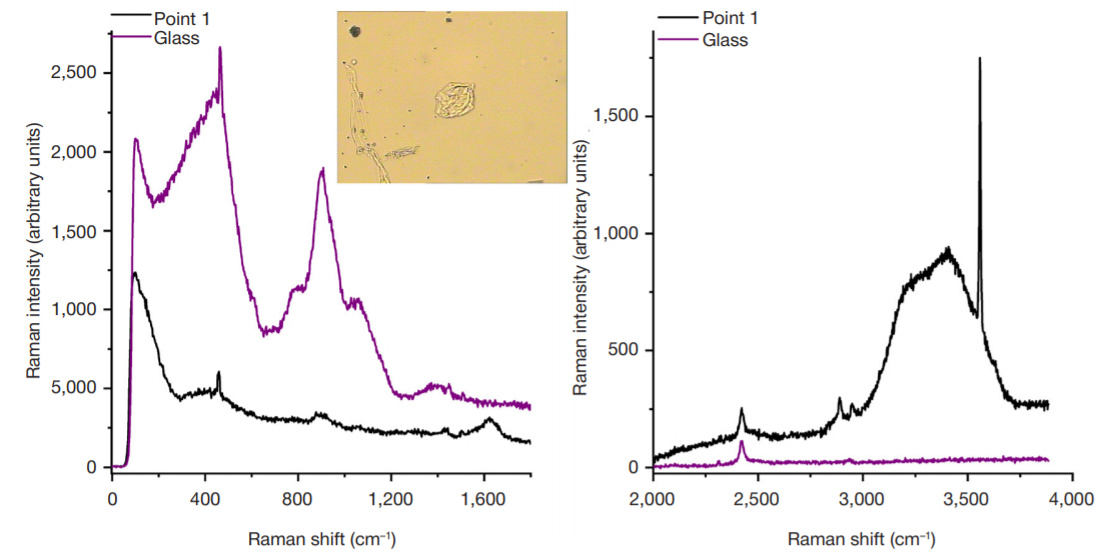
This article is an open access article distributed under the terms and conditions of the Creative Commons Attribution license (CC BY).
METHOD
Molecular and cellular features of mandibular autografts studied using raman spectroscopy
1 Lomonosov Moscow State University, Moscow, Russia
2 Pirogov Russian National Research Medical University, Moscow, Russia
3 A. I. Yevdokimov Moscow State University of Medicine and Dentistry, Moscow, Russia
4 National University of Science and Technology MISIS, Moscow, Russia
5 Central State Medical Academy of Department for Presidential Affairs of the Russian Federation, Moscow, Russia
Correspondence should be addressed: Georgy V. Maksimov
Leninskie Gory, 1, str. 24, Moscow, 117042; ur.liam@vomiskamg
Author contribution: Maksimov GV — study planning, analysis of the results; Sashkina TI — study planning, literature analysis; Fashutdinov DK — data acquisition and analysis, performing bone grafting; Slatinskaya OV — data processing; Saldusova IV — data analysis; Zaychenko OV — technical support.
Compliance with ethical standards: the study was approved by the Ethics Committee of the Central State Medical Academy of Department for Presidential Affairs of the Russian Federation (protocol № 3 dated September 23, 2021); the informed consent was submitted by all participants; biomaterials were treated in accordance with the World Medical Association Declaration of Helsinki.
